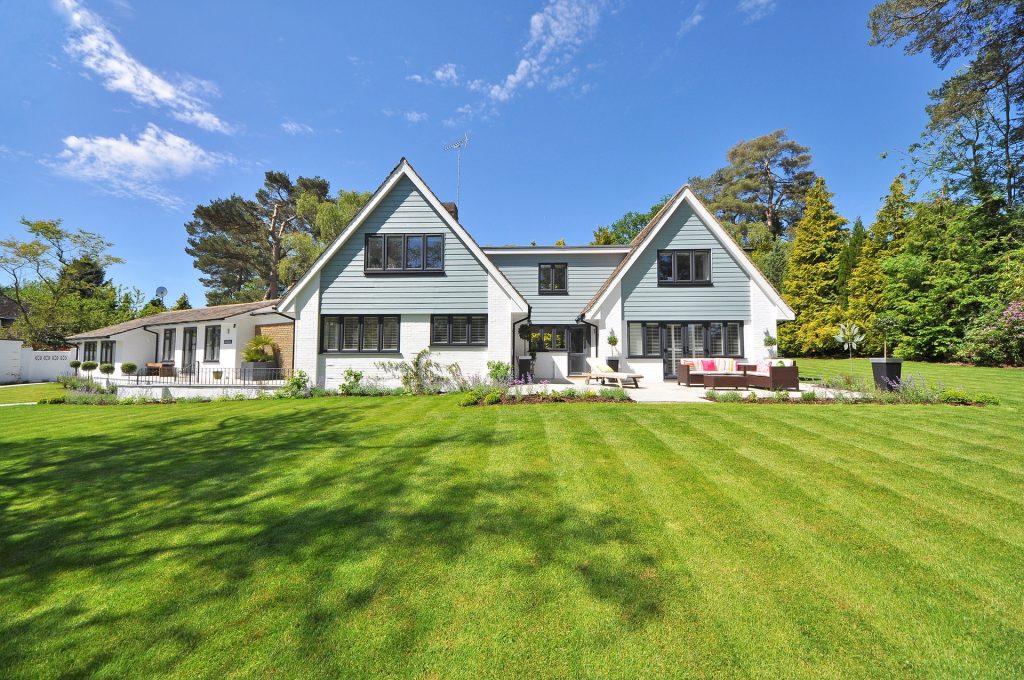
The huge range of assessed value for business personal property (BPP) makes obtaining substantial property tax reductions highly probable. It is not unusual for the range of assessed value for BPP accounts for similar properties to vary by 5,000%! For example, furniture and computers for companies within the same office building sometimes vary from $1 to $50 per square foot. Market value and unequal appraisal are two options for appealing BPP assessments. Given the inequity in BPP assessments and the subjectivity of valuing BPP, property owners have a high probability of success when properly prepared for a BPP assessment appeal. Protest both market value and unequal appraisal.
Market Value, Book Value & Comptroller Schedule
Three popular options for describing value for BPP are: market value, book value, and the Comptroller’s schedule. Market value is defined in section 1.04(7) of the Texas Property Tax Code that reads as follows:
“Market value” means the price at which a property would transfer for cash or its equivalent under prevailing market conditions if: (a) exposed for sale in the open market with a reasonable time for the seller to find a purchaser,
(b) Both the seller and the purchaser know of all the uses and purposes to which the property is adapted and for which it is capable of being used and of the enforceable restrictions on its use, and
(c) Both the seller and the purchaser seek to maximize their gains and neither is in a position to take advantage of the exigencies of the other.
Let’s compare the differences in value resulting from using market value, book value and the Comptroller’s schedule. The BPP for a typical motel room includes items such as bedding, linens, window air-conditioning unit, towels, and a television. Based on market value, after one year, these types of items could probably only be sold for 10% to 30% of the original cost. Book value, based on federal depreciation schedules, indicates a value of 80% of the purchase price after one year. The Texas Comptroller’s schedule for BPP for motels has an eight-year life with 10% depreciation for the first seven years. Hence, the Comptroller schedule indicates one-year old hotel furnishings are worth 90% of their original purchase price. This is clearly inconsistent with market value for these items.
Inventory
There are a number of controversial issues related to how inventory is assessed. These include shrinkage, damage, functional obsolescence and economic obsolescence. For example, what is the market value of merchandise returned during the week after Christmas on January 1st (the effective date for valuation)? Since returned merchandise has usually been opened, damaged, missing parts or may be an unpopular item, it is worth less than cost in many cases. Market value is relevant in determining the assessed value for inventory for Texas BPP taxes.
Unequal appraisal
Assessed values for BPP accounts often range from ten-times to fifty-times on a per square foot basis for companies in the same industry. For example, real estate brokerage offices, which have 10,000 square feet of office space, may have assessments ranging from $10,000-$500,000. It seems unlikely that the computers and furniture in one brokerage office are 50 times as valuable as those in a competitor’s firm on a per square foot basis.
Appraisal districts tend to accept the assessed value rendered by property owners. Many large companies render using fixed asset listings. Appraisal districts use the cost basis information and the Comptroller’s schedule to calculate the “market value” for property. The valuations for these rendered accounts tend to grossly distort the actual value of these properties. Property owners who do not render have values on the lower end of the range of value. While it seems intuitive that appraisal districts would penalize owners who do not render by sharply increasing their assessed values, the practice is the opposite. Appraisal districts tend to reward property owners who do not render by leaving their assessed values at modest levels. This creates a disincentive to render. It also unequally taxes property owners who render with a fixed asset listing. These factors have caused a high degree of dispersion in BPP assessed values.
How To Appeal On Unequal Appraisal
Contrary to popular belief, it is possible to appeal BPP utilizing unequal appraisal, a concept that is fairly new. Most property tax consultants and large property owners have not considered or utilized unequal appraisal regarding BPP. Appraisal districts are resistant to the concept of appealing BPP based on unequal appraisal. (It is inappropriate to tax property owners who render using a fixed asset listing at the highest level, based on utilizing the Comptroller schedule, when allowing property owners who do not render very lean levels of assessment.)
Preparing an appeal based on unequal appraisal for BPP is simple and straightforward. Start by obtaining information on the assessed value, and amount of office space/manufacturing or warehouse space for property owners similar to the subject property owner. This is typically done by using companies with the same Standard Industrial Code (SIC) as the subject property owner. You can obtain this information by sending an open records request to the appraisal district. When appealing, research the assessed value for your competitors. Compile data regarding the assessed value and building area for the subject and comparable accounts into a summary.
When should you appeal?
Appeal annually on market value and unequal appraisal. To effectively appeal on these two options, research unequal appraisal based on assessment comparables on the appraisal district’s web site and evaluate the market value of your BPP. After reviewing both the unequal appraisal and market value options, determine your primary focus for appealing your BPP account. If neither market value nor unequal appraisal provides a basis for appealing your property taxes, you can withdraw the notice of protest or just skip the hearing.